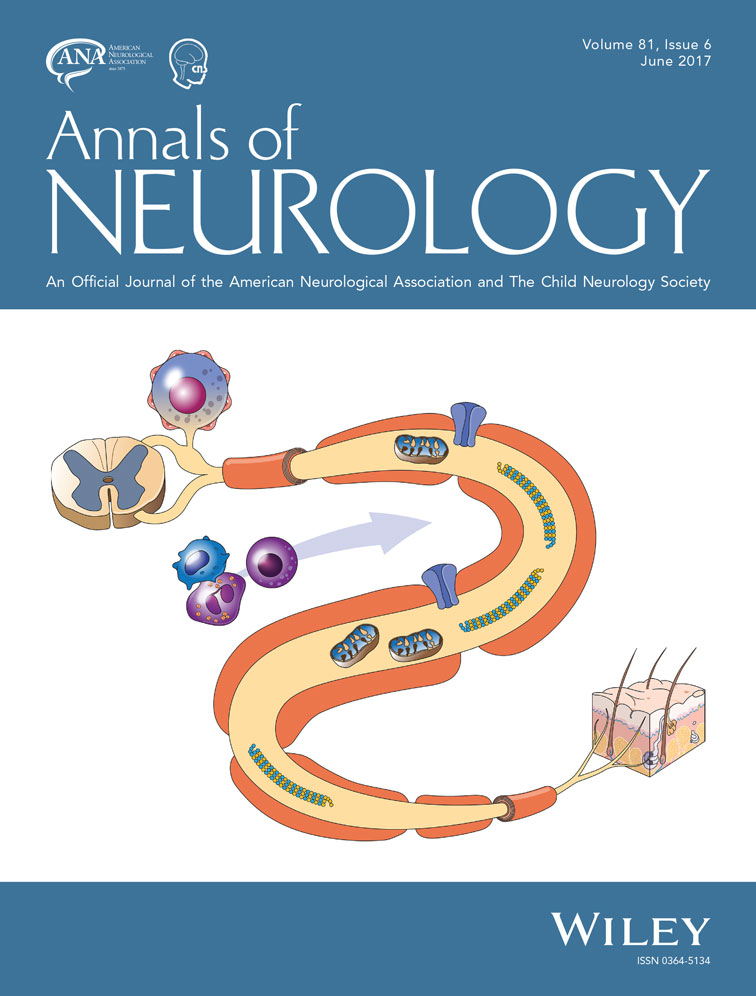Computed tomographic perfusion to Predict Response to Recanalization in ischemic stroke
Abstract
Objective
To assess the utility of computed tomographic (CT) perfusion for selection of patients for endovascular therapy up to 18 hours after symptom onset.
Methods
We conducted a multicenter cohort study of consecutive acute stroke patients scheduled to undergo endovascular therapy within 90 minutes after a baseline CT perfusion. Patients were classified as “target mismatch” if they had a small ischemic core and a large penumbra on their baseline CT perfusion. Reperfusion was defined as >50% reduction in critical hypoperfusion between the baseline CT perfusion and the 36-hour follow-up magnetic resonance imaging.
Results
Of the 201 patients enrolled, 190 patients with an adequate baseline CT perfusion study who underwent angiography were included (mean age = 66 years, median NIH Stroke Scale [NIHSS] = 16, median time from symptom onset to endovascular therapy = 5.2 hours). Rate of reperfusion was 89%. In patients with target mismatch (n = 131), reperfusion was associated with higher odds of favorable clinical response, defined as an improvement of ≥8 points on the NIHSS (83% vs 44%; p = 0.002, adjusted odds ratio [OR] = 6.6, 95% confidence interval [CI] = 2.1–20.9). This association did not differ between patients treated within 6 hours (OR = 6.4, 95% CI = 1.5–27.8) and those treated > 6 hours after symptom onset (OR = 13.7, 95% CI = 1.4–140).
Interpretation
The robust association between endovascular reperfusion and good outcome among patients with the CT perfusion target mismatch profile treated up to 18 hours after symptom onset supports a randomized trial of endovascular therapy in this patient population. Ann Neurol 2017;81:849–856




